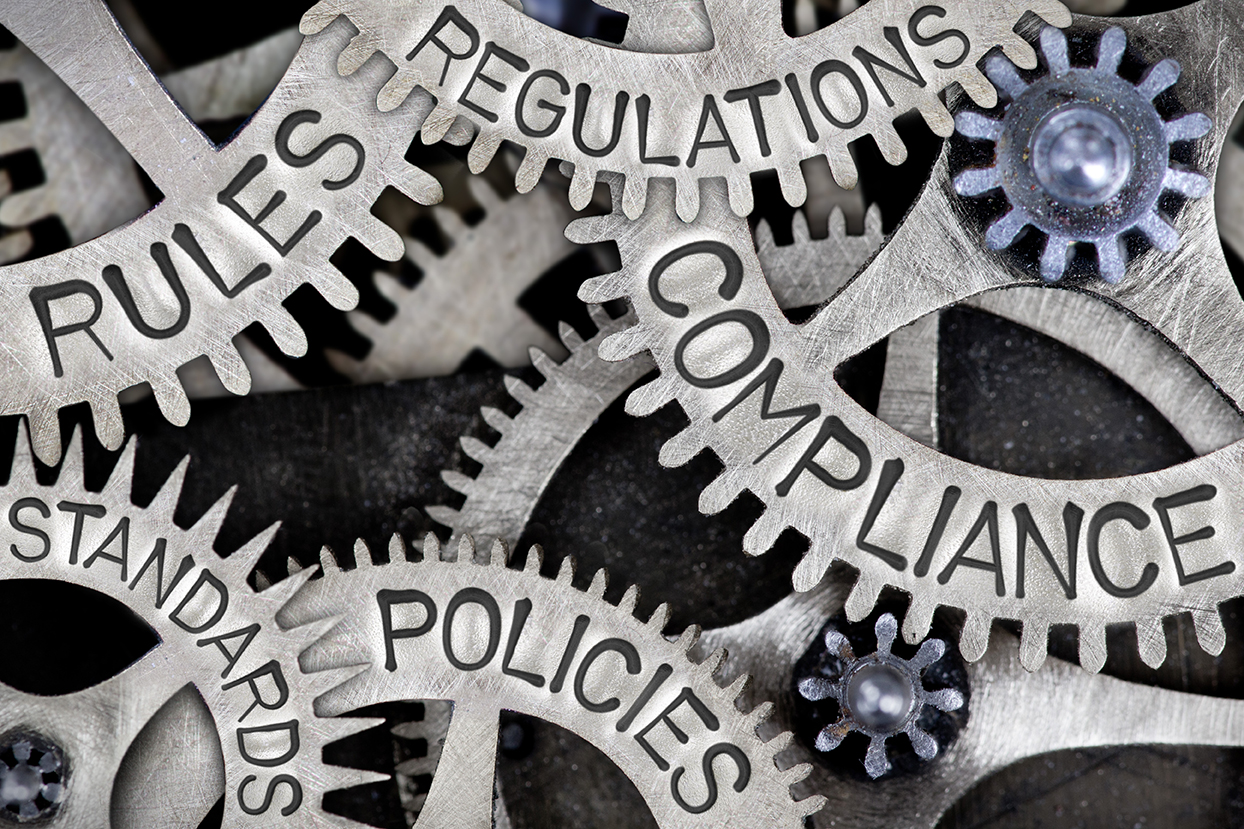Feature
Technology simplifies reporting
Digital tools are helping reduce errors, streamline processes, and turn regulatory obligations into strategic advantages. By Mohamed Dabo.

As packaging regulations tighten worldwide, companies are turning to technology to manage complex compliance reporting demands. Credit: EtiAmmos / Shutterstock
For packaging professionals, regulatory reporting has traditionally been a time-consuming and error-prone task. Spanning everything from material composition and labelling accuracy to extended producer responsibility (EPR) declarations, the reporting burden has only grown as governments adopt stricter rules.
What was once a matter of annual submissions has evolved into a complex, multi-jurisdictional requirement, often needing near real-time data. Against this backdrop, technology has emerged not only as a helpful aid but as a critical enabler.
In today’s regulatory climate, digital transformation is not just about efficiency—it’s about survival.
Companies are discovering that software platforms, data analytics, and AI-driven tools can significantly reduce administrative strain while improving accuracy, traceability, and readiness for audits.
For an industry under pressure to comply with mounting environmental mandates, technology is becoming the backbone of responsible and futureproof operations.
Facing a growing web of regulatory complexity
The landscape of packaging compliance is no longer limited to local standards. Businesses operating across borders must contend with an ever-expanding set of national and regional requirements.
In the European Union, the upcoming Packaging and Packaging Waste Regulation (PPWR) demands detailed reporting on recyclability, reuse rates, and material origins.
The United Kingdom’s Plastic Packaging Tax (PPT) requires companies to report on recycled content levels for plastic components, with penalties for non-compliance.
Meanwhile, Canada, Australia, and various US states have introduced or updated EPR legislation, each with distinct thresholds and reporting frameworks.
Manually tracking these obligations can overwhelm internal teams. For global firms managing hundreds—or even thousands—of SKUs, compiling accurate data on packaging weights, materials, and destinations has become a full-time job. Without reliable digital systems, mistakes are not only likely—they are inevitable.
In this environment, technology offers clarity.
Centralised compliance platforms now enable companies to consolidate packaging data across regions, generate standardised reports, and monitor regulatory changes as they happen.
Instead of chasing spreadsheets and email chains, sustainability and legal teams can rely on dashboards that reflect their current compliance status in real time.
Building smarter systems from the ground up
The key to effective reporting lies in integrating technology throughout the packaging lifecycle—not just at the point of submission.
Leading companies are embedding compliance checkpoints within their design and procurement systems. This means that when a packaging concept is drafted or a material is selected, the system flags whether the choice meets relevant regulations in the target market.
Product Lifecycle Management (PLM) software, often used for managing design and engineering workflows, is now being adapted to include compliance modules.
Machine learning is also being deployed to identify anomalies in data submissions, reducing human error and highlighting areas of potential risk.
Gavin John Lockyer, CEO of Arafura Resources
These tools link packaging specifications to regulatory databases, making it easier to ensure conformity with local rules at the design stage. As a result, fewer packaging lines are delayed by last-minute changes, and fewer products are pulled due to oversight.
Machine learning is also being deployed to identify anomalies in data submissions, reducing human error and highlighting areas of potential risk.
Some platforms can compare reported figures against historical patterns or industry benchmarks, flagging unusual discrepancies before they reach regulators.
This proactive approach allows companies to correct issues internally—before they become public liabilities.
One notable trend is the use of blockchain technology to ensure data integrity across the supply chain. By creating immutable records of packaging composition and movement, blockchain platforms help companies verify the accuracy of supplier-provided data.
This is particularly valuable when reporting on recycled content or material provenance, both of which are under increasing scrutiny.
Improving transparency and readiness for audit
Regulators are becoming more demanding not only in terms of what they require, but how they expect it to be delivered. Increasingly, they are asking for digital submissions with supporting evidence—and they are quicker to act on discrepancies.
Companies must now be prepared for audits, data reviews, and public disclosure at short notice.
Here, technology makes a clear difference. Cloud-based compliance systems offer rapid access to historical data, audit trails, and change logs, all of which are essential during investigations.
They also allow companies to generate reports tailored to specific jurisdictions, reducing the risk of misalignment or omission.
Beyond compliance, these systems improve trust. Investors, retailers, and consumers are all demanding greater transparency on sustainability performance and legal compliance.
A digital-first reporting process signals a company’s commitment to accuracy and accountability. In tender processes or sustainability rankings, this can be a competitive advantage.
Reframing compliance as a strategic asset
Far from being a bureaucratic hurdle, regulatory reporting—when supported by the right technology—can become a strategic asset. It provides insights into material use, waste patterns, and operational efficiency.
Companies that harness this data can identify opportunities to optimise packaging, reduce costs, and meet both regulatory and sustainability goals.
By simplifying reporting, technology is allowing businesses to shift focus from paperwork to progress. It frees up internal resources, reduces legal exposure, and supports a culture of continuous improvement.
In a market where the rules are changing quickly, those who invest in robust digital infrastructure today will be best positioned to lead tomorrow.